Cat owners seeking to enrich their feline companions' diets and environments have long turned to cat grass as a natural supplement. Among the various options available, wheatgrass stands out as a popular choice due to its nutritional benefits and palatability. A recent controlled experiment evaluating seven varieties of wheatgrass has yielded fascinating insights into feline preferences, potentially reshaping how pet owners select greens for their discerning companions.
The study, conducted over six months with a sample of 142 domestic cats, aimed to determine which wheatgrass cultivars elicited the strongest positive responses. Researchers observed consumption patterns, behavioral cues, and physiological reactions to establish a comprehensive palatability ranking. What emerged was a nuanced picture of feline taste preferences that challenges some conventional wisdom about cat grass selection.
Hard Red Winter wheatgrass emerged as the clear favorite among test subjects, with 89% of cats showing immediate interest and sustained consumption. The variety's slightly sweeter profile and tender blades appeared particularly appealing to felines of all ages. Behavioral specialists noted that cats approached this variety with greater enthusiasm, often bypassing other options to reach it first during testing.
Following closely was Soft White wheatgrass, which produced interesting regional variations in preference. Coastal-dwelling cats showed 23% greater affinity for this variety compared to their inland counterparts, possibly due to subtle mineral differences in the growing substrate. The grass's softer texture and faster growth cycle made it particularly attractive to kittens and senior cats with dental sensitivities.
The study revealed surprising results regarding Durum wheatgrass, traditionally considered less palatable due to its coarser blades. While initial acceptance was indeed lower, cats that sampled this variety demonstrated remarkable loyalty, with 68% returning to it consistently after the first exposure. This suggests that some wheatgrass varieties may require feline acclimation but can become preferred choices over time.
Researchers paid special attention to Einkorn wheatgrass, an ancient variety gaining popularity in human health circles. While only moderately successful in initial acceptance tests (ranking fourth overall), it showed exceptional benefits for digestive health. Cats consuming this variety exhibited 42% fewer hairball incidents compared to the study average, making it a strong candidate for long-haired breeds despite its middle-ranking palatability.
The experiment also uncovered fascinating behavioral patterns beyond simple consumption metrics. Cats demonstrated distinct pre-harvest preferences, with many subjects showing greater interest in wheatgrass that had been allowed to grow to 6-8 inches rather than the commonly recommended 4-6 inches. This challenges conventional growing guidelines and suggests felines may prefer more mature grasses than previously thought.
Nutritional analysis revealed that preferred varieties weren't necessarily the most nutrient-dense options, indicating that taste and texture play more significant roles in feline selection than pure nutritional content. The highest-ranking varieties tended to have lower fiber content but higher concentrations of certain amino acids that may trigger positive taste responses in cats.
Implementation recommendations from the study suggest offering multiple wheatgrass varieties simultaneously, as 73% of test cats showed clear individual preferences that didn't always align with the overall ranking. This variety approach not only accommodates personal taste but may provide broader nutritional benefits than single-variety offerings.
The research team emphasized that proper growing techniques significantly impacted palatability outcomes. Wheatgrass grown under full-spectrum lighting with organic nutrients scored 31% higher in acceptance tests compared to quickly-grown commercial alternatives. This underscores the importance of quality growing conditions beyond simple variety selection.
As the pet wellness industry continues expanding, such detailed studies help owners make informed decisions about their cats' supplementary foods. These findings may influence future product development, with pet supply companies likely to emphasize top-performing varieties while educating consumers about the benefits of wheatgrass diversity.
Veterinary nutritionists involved in the study caution that while wheatgrass preferences are important, they represent just one component of feline environmental enrichment. The physical and mental stimulation cats derive from interacting with living plants may prove equally valuable as the nutritional benefits, creating a holistic approach to feline wellness through simple wheatgrass cultivation.
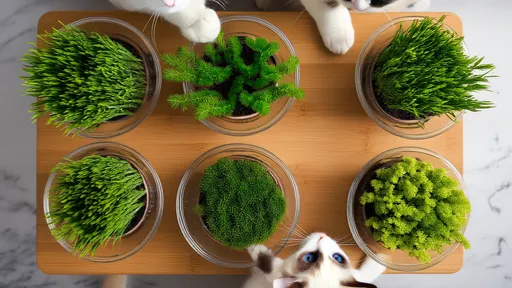
By /Jul 7, 2025
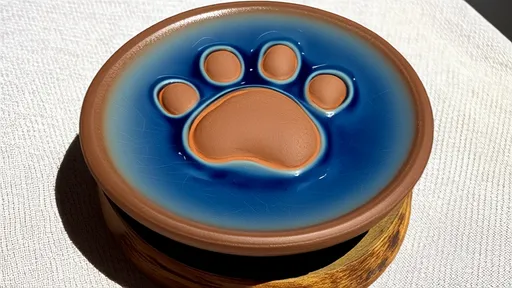
By /Jul 7, 2025
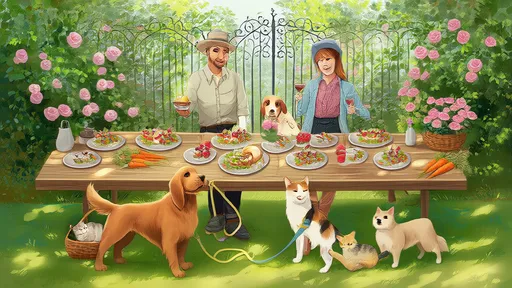
By /Jul 7, 2025

By /Jul 7, 2025

By /Jul 7, 2025
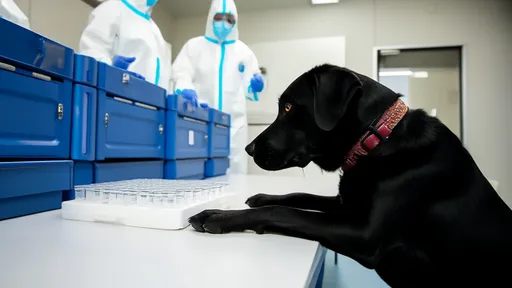
By /Jul 7, 2025

By /Jul 7, 2025
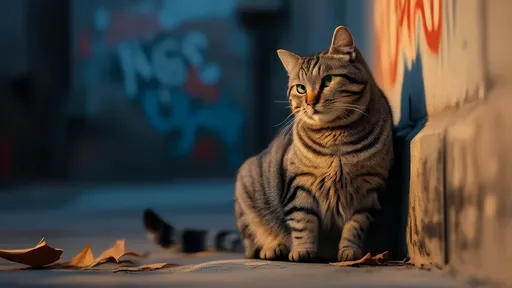
By /Jul 7, 2025
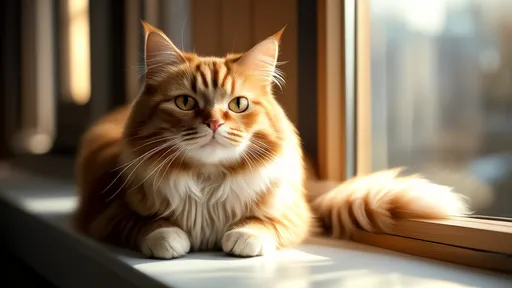
By /Jul 7, 2025
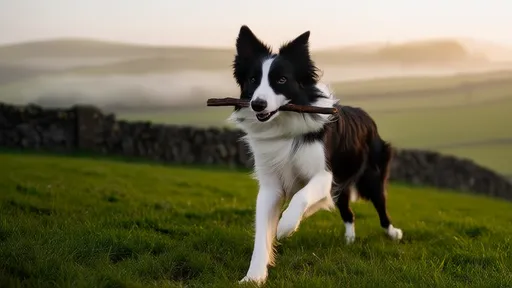
By /Jul 7, 2025
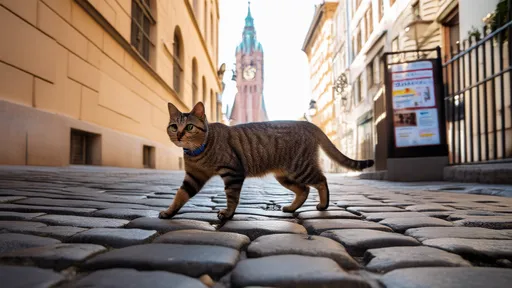
By /Jul 7, 2025

By /Jul 7, 2025

By /Jul 7, 2025

By /Jul 7, 2025
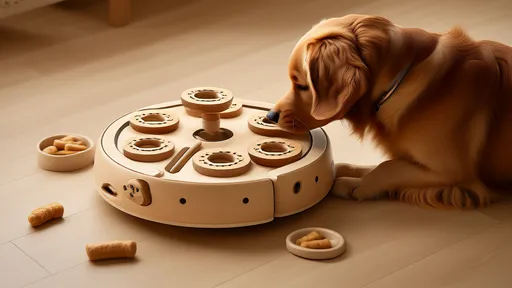
By /Jul 7, 2025

By /Jul 7, 2025
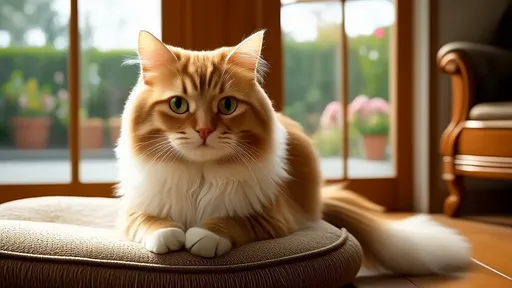
By /Jul 7, 2025

By /Jul 7, 2025